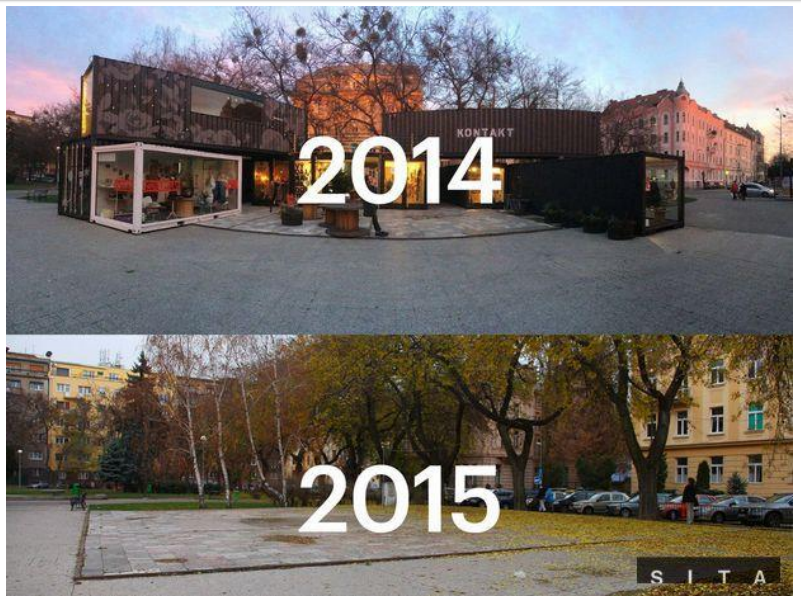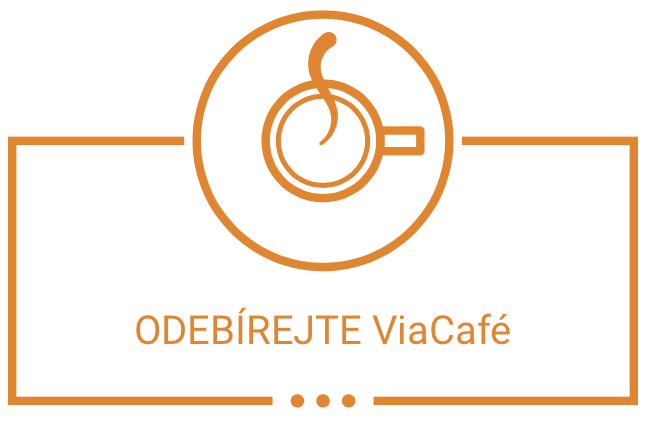In the ViabilityNet 3.0 program we are training 14 community leaders from the Central and Eastern European region to support them in the development of more resilient communities. The participants have their own community projects, which you can see here in more detail , and have the chance to participate in four meetings to learn theory and new skills and exchange ideas during the year-long process. The first meeting took place in August 2017 in Slovakia, where we started to become familiar with the concept of resilience.
What do we mean by resilience?
“The capacity of a system to absorb disturbance, undergo change, and retain the same essential functions, structure, identity, and feedbacks.”[1],[2]
Resilience looks at communities from the perspective of how vulnerable they are to external effects such as natural disasters, migration, strong economic changes, etc. To what extent can a community survive and overcome changes and how fast can the community recover after a catastrophe or just a minor external effect that moves the community out of its status quo?
In this program we have moved beyond debating the definition of resilience. We aim to provide a tool that can be used to check the current level of resilience, analyse communities, develop the skills of the community leaders and at the end of the day, see the projects contributing to more resilience in the communities.
Approaching resilience from a very practical point of view, it consists of resource robustness and a community’s adaptive capacity. But how can we find out all these types of things about our community?
First: Community mapping!
As the project management cycle suggests, mapping is a good place to start your project, especially if it is a community one. In order to understand the context and culture at deeper levels, map possible alliances and enemies, know what existing resources you can build on, and see if the community really needs what you have in mind.
We invited Karolína Miková, director of the Slovak NGO PDCS, to act as resident expert at the first meeting and introduce the basics of community work and community mapping. She shared the example of the failed Šafárikovo Square planning process in Bratislava, which is about how a business and civil initiative did not manage to engage locals in initiating improvement ideas for a public square and how the municipality did not manage to deal with the conflict that arose and later truly engage locals in reshaping their neighbourhood. She concluded her interactive presentation by stating that the most important thing is to create transparent planning processes that people understand and let them know when and how they can participate and express their point of view in the public space planning process.
Source: Kaja Mikova´s presentation
Of course we are aware of the ideal case where:
citizens should be sufficiently informed about the entire decision-making process, should be listened to before authorities make the decision, should have an influence on the decision, should agree with or be willing to accept the decision.
During the meeting we discovered useful methods for community mapping such as online maps. These platforms are working well e.g. in Bratislava and Budapest. Citizens can indicate public space problems on the maps, which show the status of the revitalization process. Online tools are very handy and easy to use, but when we want to create a real map of a community or a neighbourhood, we should not overlook offline methods such as questionnaires, maps on the streets, making face-to-face contact with people in places they frequent, especially those who are hard to reach otherwise, and door-to-door interviews.
Follow the ViabilityNet 3.0 program and you will find out more about resilience and community initiatives in Central and Eastern Europe!
References:
[1] The concept of “resilience thinking” was first developed in C.S. Holling, “Resilience and Stability of
Ecological Systems,” Annual Review of Ecological Systems 4 (1973): 1-23. See also the website for the
Resilience Alliance: http://www.resalliance.org, and L. Gunderson, C. Allen, and C.S. Holling (eds.),
Foundations of Ecological Resilience (Washington D.C.: Island Press, 2010).
[2] Building Resilient Communities: A Preliminary Framework for Assessment. Longstaff, Patricia H. Monterey, California. Naval Postgraduate School Homeland Security Affairs (September 2010), v.6 no.3 http://hdl.handle.net/10945/25107





